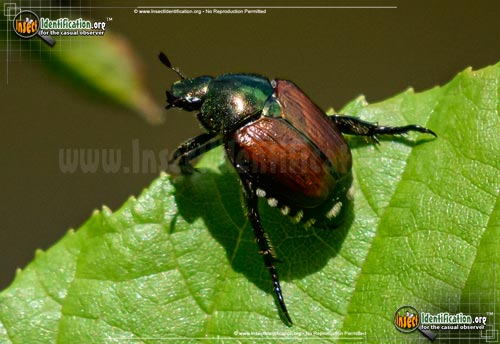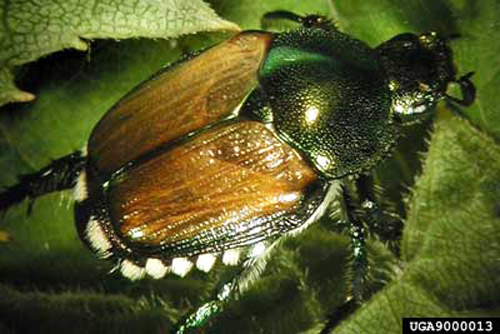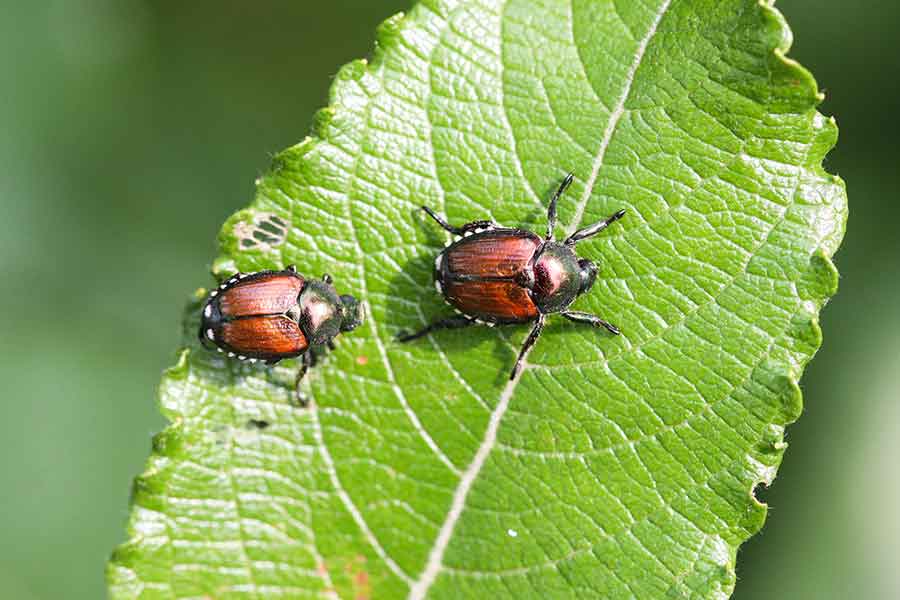japanese beetle life cycle iowa
The grubs of these pests will feed on the roots of the grass and can cause them to thin out. Life Cycle Japanese beetles have one generation per year in Iowa Photo 1.
Appearance of adult the timing of oviposition and subsequent development have been shown to vary with latitude altitude and also from year to year Fleming 1972.

. Japanese beetles go through multiple stages in their life cycle. Japanese beetle life cycle. Stage 1 eggs Stage 2 larva instar I II III Stage 3 pupa chrysalis Stage 4 adults.
JAPANESE BEETLE LIFE CYCLE. Adult beetles live 30 to 45 days and feed voraciously4 They tend to gather to feed and lay eggs. Females lay eggs in soil that hatch within seven to 14 days and grubs begin feeding on grass roots.
Japanese beetles mate and feed in groups. Since then Japanese beetles have spread throughout most states east of the Mississippi River. They are 12 inch long heavy-bodied oval beetles that are metallic green with coppery wing covers.
Adults begin to emerge in mid-June females lay eggs in July and August and as eggs hatch in the soil larvae feed on roots and decaying plant. This insect is an invasive pest that can feed on corn and soybean plants. Adults emerge from grass in late June and immediately begin to feed on low-lying plants such as roses and shrubs.
The eggs hatch into white grubs in ten days to two weeks or longer depend- ing on soil temperature. The larvae feed on roots of grass and other plants close to the surface of the soil. The Japanese beetle did not appear in Iowa until 1994 but is now found in over 34ths of the state.
Adult female beetles lay eggs in the soil in early June. 3 Areas of healthy sunny well-irrigated and well-maintained lawn grasses are prime targets. Late-planted fields are at greater risk.
Japanese beetles are similar to other Junebugs in appearance and 38 inch long and 14 inch wide. Thats because much of its life cycle takes place underground. HOW TO PREVENT JAPANESE BEETLES.
Japanese beetles are often found in field edges or areas of delayed growth. Adults feed on the foliage and fruits of several hundred species of fruit trees ornamental trees shrubs vines and field and vegetable crops. Grub The eggs hatch within the next 8-14 days and tiny grubs emerge out.
Visible along the sides of the body below the wing covers are a series of white spots. But whether larvae or adults Japanese beetles are problematic at both stages. Adults begin to emerge in May and feed on foliage through September.
In most parts of its range the Japanese beetle completes its life-cycle in one year but some populations in cooler climates may complete their development in two years Vittum 1986. Grubs cease feeding in October and overwinter 15 cm below the soil surface Figure 3. Each of the first two larval instars stages requires a feeding period of about three weeks.
However the larval grub also can feed on roots. The female Japanese beetle life span is about 30-45 days during which she can lay about 40-60 eggs. Adult beetles emerge in late June in southern Illinois and early July in central and northern Illinois.
Japanese beetles overwinter in the soil and as soil temperatures warm larvae move closer to the surface and pupate. The eggs hatch in about 2 weeks and the developing Japanese beetle larvae white grubs feed on organic matter and grass roots. A typical cluster of Japanese beetle eggs.
After the egg hatches in summer the grub feeds on roots until the following summer when it emerges as a shiny beetle. Observing Japanese beetles feeding on plants is quite common since the adult beetle feeds on about 300 species of trees shrubs ornamental and fruit trees in addition to vegetable crops. Japanese beetle have one generation per year Figure 2.
The adult Japanese beetle is a little less than half an inch long and has a shiny metallic-green body with bronze-colored. Here are the stages in the lifecycle of a Japanese beetle. The egg larva and pupa life cycle stages develop underground and unless soil is removed or dug into these life stages will not be seen.
Corn soybean ornamentals fruit trees grapes weeds. Its not easy to spot the Japanese beetle at first. The Japanese beetle adult an attractive pest.
Most damage is from adult feeding. Life Cycle and Pest Identification. Japanese beetle life cycle.
Japanese beetle has a 1-year life cycle. During a two- to three-week period female beetles repeatedly tunnel a few inches into the ground and lay up to 60 eggs each. For more on plant selection see Japanese Beetle Food Preferences from Iowa State University.
Both as adults and as grubs the larval stage Japanese beetles are destructive plant pests.

Japanese Beetle In Corn And Soybean Integrated Crop Management
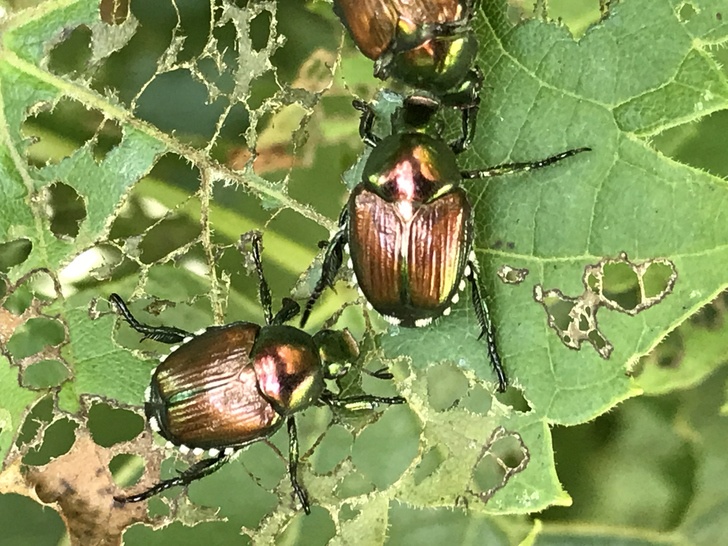
10 Ways To Get Rid Of Japanese Beetles Naturally
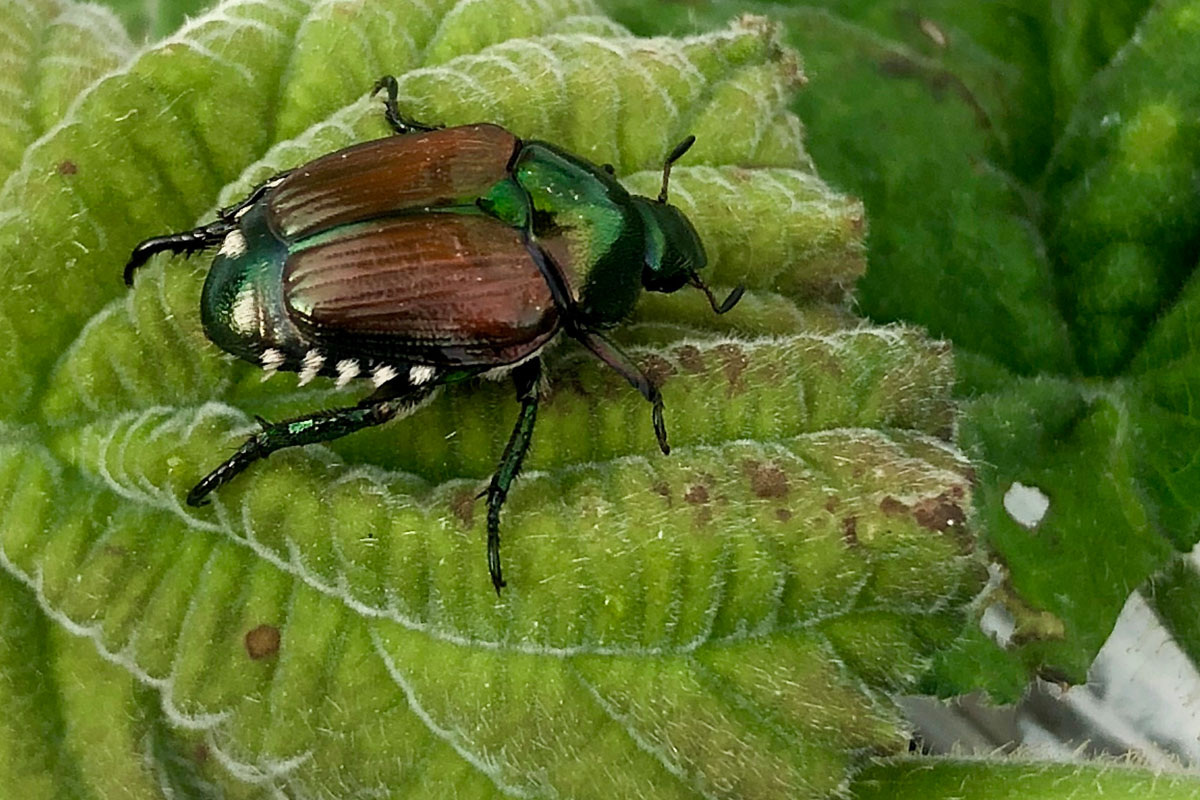
Japanese Beetle Control The Good Earth Garden Center
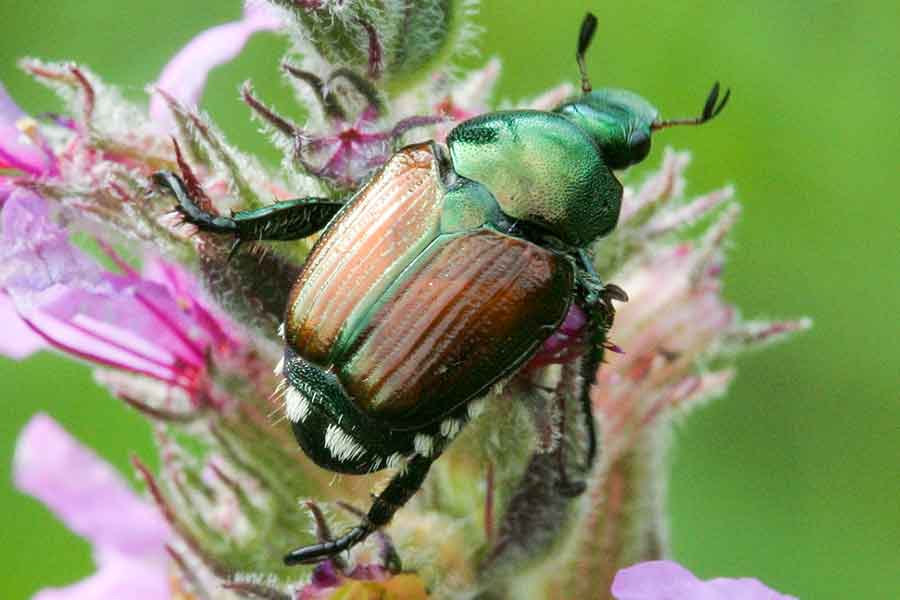
Japanese Beetle The Arbor Day Foundation
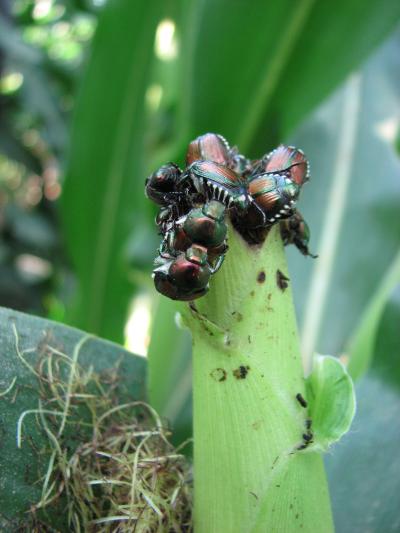
Japanese Beetle In Corn And Soybean Integrated Crop Management
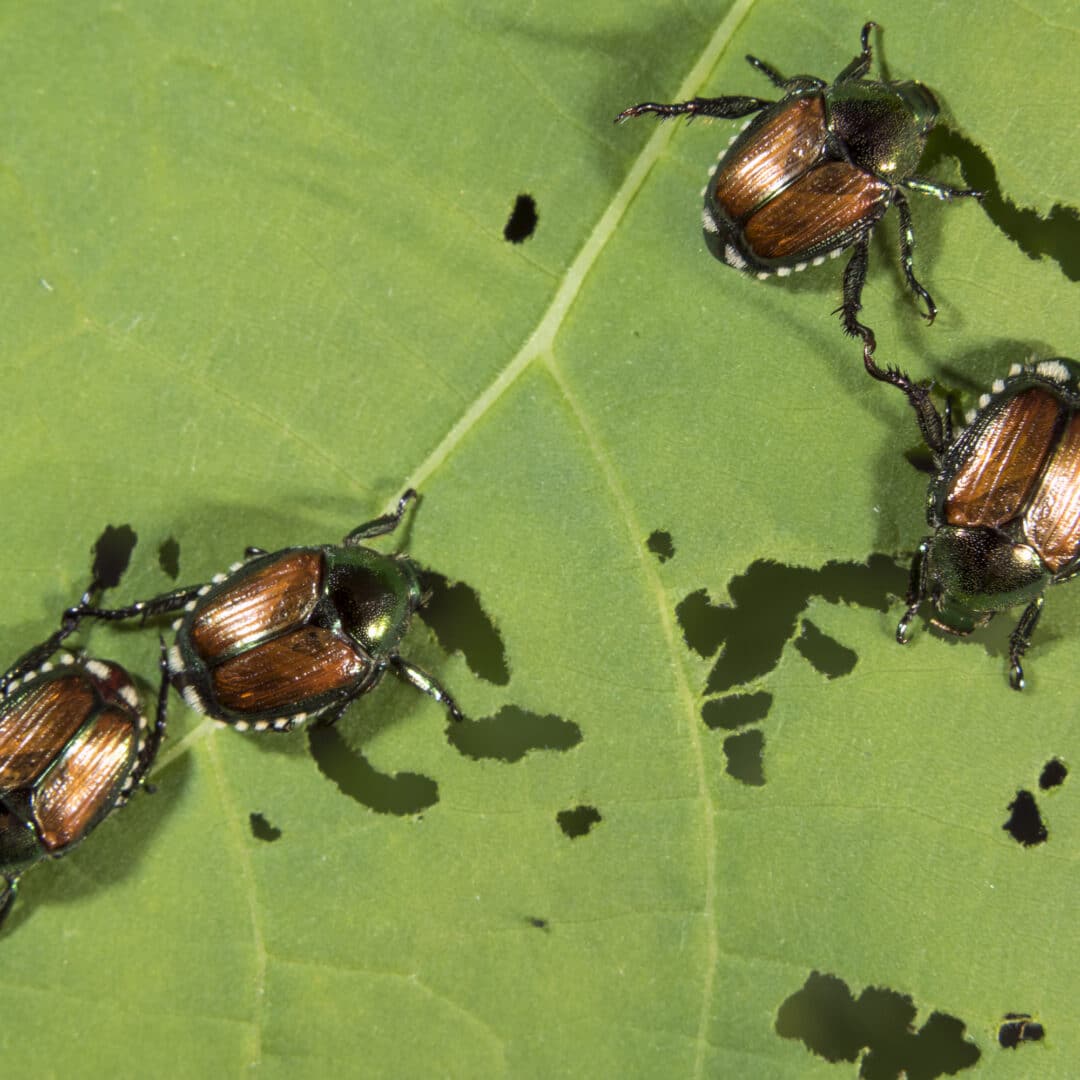
Signs Of Japanese Beetle Infestations Shades Of Green Lawn Landscape
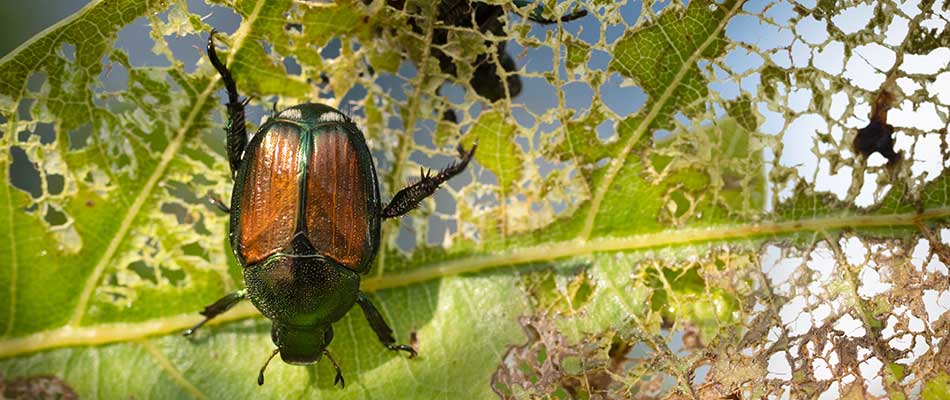
Japanese Beetle Control In Des Moines West Des Moines Ankeny Ia A Lawn Landscape

Japanese Beetles Stop Them In Their Tracks Simplify Gardening

Japanese Beetles Meadows Farms
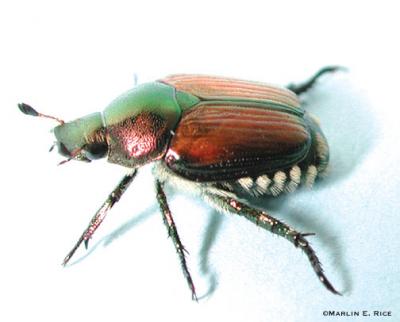
Japanese Beetle In Corn And Soybean Integrated Crop Management
Extension Outreach Crop Sciences Department College Of Aces University Of Illinois
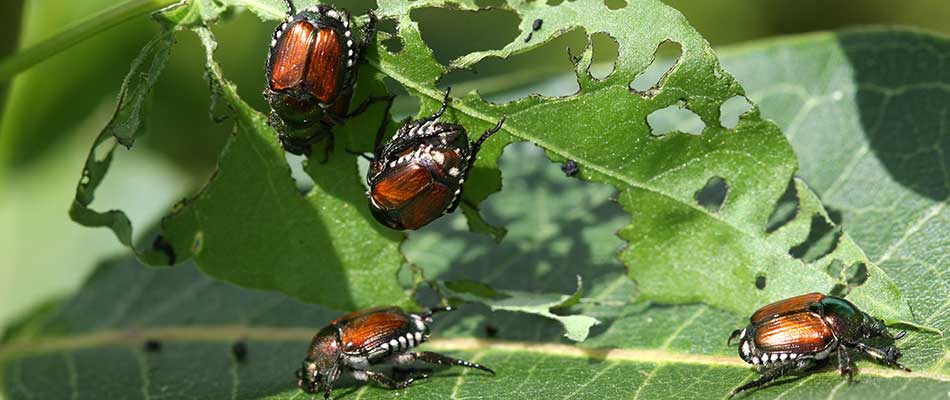
Japanese Beetle Control In Des Moines West Des Moines Ankeny Ia A Lawn Landscape

Japanese Beetles The Garden Website Com

The Japanese Beetle Has Reached Its Peak Population In Places Across Iowa While Some Areas Of The State Have Not Seen The Bee Japanese Beetles Beetle Japanese

Japanese Beetles Expanding Range In Iowa Integrated Crop Management
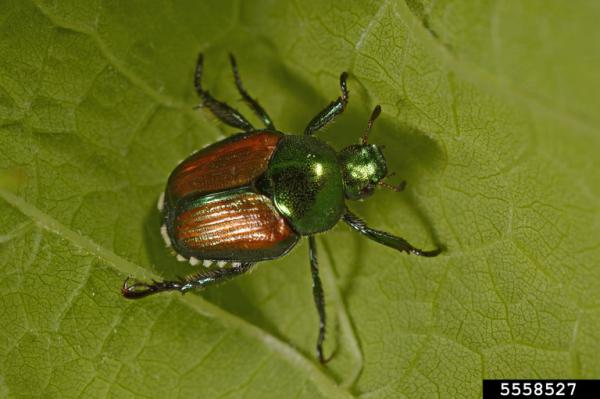
Japanese Beetle National Invasive Species Information Center

